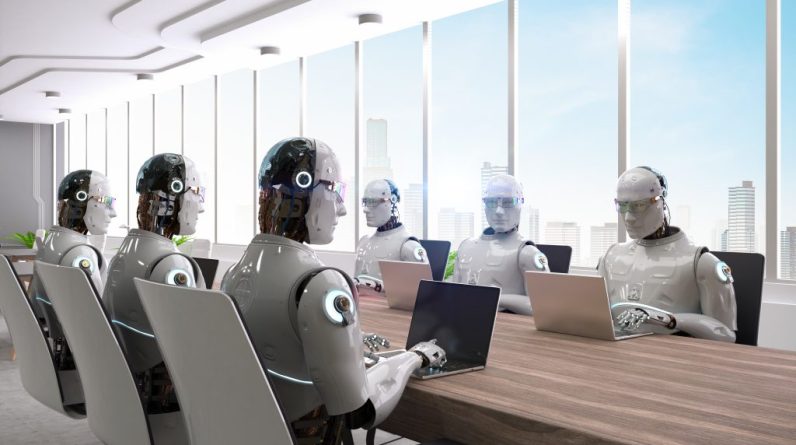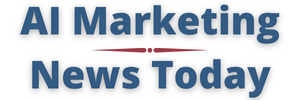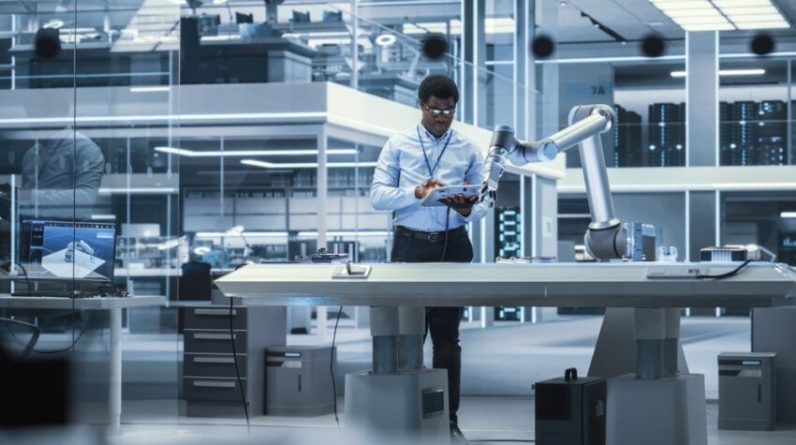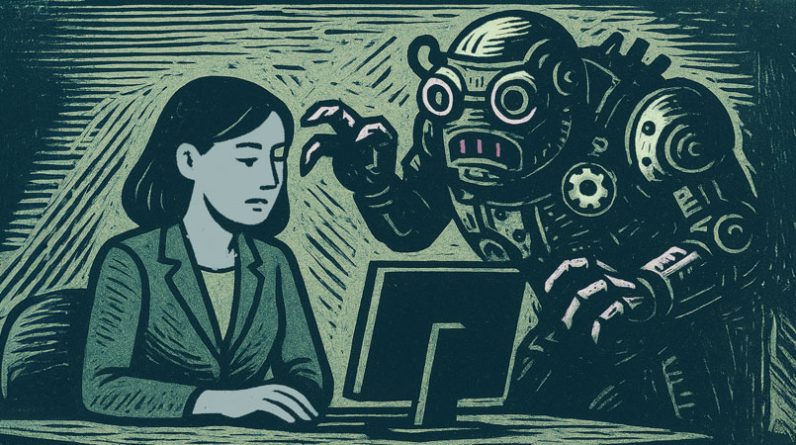
The robot revolution isn’t just coming for factory workers anymore. A broad new analysis from McKinsey Global Institute shows current artificial intelligence and robotics technology could automate as much as half of all work done across America, including some tasks of white-collar professionals that previously seemed unfathomably complex.
The results defy the conventional wisdom that automation most directly threatens blue-collar jobs. Nearly 40% of the most jeopardized jobs entail information processing, document preparation, and routine reasoning-just like the work done daily by paralegals, administrative assistants, and even computer programmers.
McKinsey Research on the 57% of US Working Hours at Risk
According to research by McKinsey, existing AI systems and robots could technically automate about 57% of all working hours in the United States if companies were to fully redesign workflows to take advantage of these technologies.
This would mean that roughly half of all American jobs are found in occupations that are under considerable automation pressure, even if not all positions get completely eliminated.
The report identifies two significant groups that are at very high risk.
Firstly, knowledge-work roles are related to documents, analysis, and standard decision-making processes. Secondly, physical jobs in predictable environments, like warehouses and discrete manufacturing tasks, are where robotics can take over.
Jobs entailing hazardous conditions or highly repetitive physical tasks are particularly likely candidates as the cost of automation decreases and safety regulations encourage employers to adopt robotic solutions.
The surprising finding concerns information-processing tasks previously thought to be resistant to automation. Today’s AI agents are already good at activities such as drafting documents, processing information, and undertaking routine reasoning skills that clearly fall within a significant part of office work.
Automation, Augmentation, and Job Transformation
Already, reports are that hiring has slowed in many of these exposed occupations as employers explore options for automation. In fact, even computer programming positions-the kind of jobs thought to be future-proof showing early signs of pressure with the development of sophisticated AI coding assistants.
McKinsey’s projections broadly align with other major forecasts, though specifics differ widely. Research by Goldman Sachs estimated that two-thirds of US jobs face some degree of AI exposure, with about a quarter of current work potentially being automated. That analysis placed the percentage of US jobs at risk of direct replacement at around 7%, but said most others would see partial automation that augments rather than eliminates human workers.
Credits: Tech.co
Global estimates tell a similar story, with nearly 40% of jobs around the world subject to exposure from AI. Advanced economies like the US have higher exposure partly because their workforces are concentrated more heavily on cognitive and white-collar tasks which AI can now perform.
Researchers make a striking differentiation: just because a job is “at risk” does not mean it will be “eliminated.” It could well be remade. In fact, a pattern is now emerging where AI is doing the routine, repetitive tasks, freeing humans to concentrate on judgment calls, creative problem-solving, and interpersonal interactions that continue to challenge machines.
But this transformation could actually improve many jobs, liberating professionals from mundane work to focus on higher-value work. Administrative workers might devote less time to scheduling and more to strategic coordination. Paralegals might shift from reviewing documents toward sophisticated legal research that involves nuanced interpretation.
Why Large-Scale Retraining is Essential to Prevent Economic Pain
The optimistic scenario relies considerably on how well this transition goes. McKinsey and others have cautioned that, without large-scale retraining programs and supportive policies, the shift could prove painful for millions of workers. The significant lag between job losses in sectors being automated and the rise of new AI-complementary jobs makes prolonged unemployment and economic disruption a serious risk.
Already, early warning signs appear in hiring trends for some of the exposed occupations, even as new positions requiring AI skills continue to emerge. This mismatch of skills between displaced workers and the requirements of new jobs represents a critical challenge for policymakers and business leaders.
The message from this research is clear: automation’s impact on the workforce will be broad, touching far more white-collar professionals than prior technological shifts. Success in this transition will depend less on stopping automation likely impossible, and more on preparing workers to adapt and thrive alongside these new technologies.







